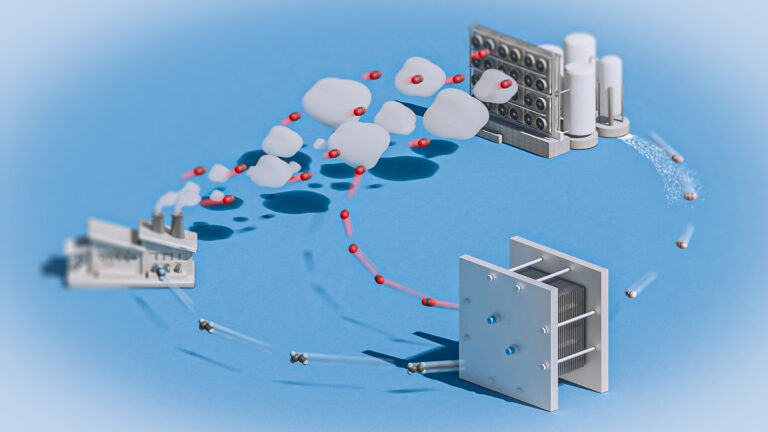
Mechanical Engineering
Electrocatalytic CO2 upcycling excels under pressure
A KAUST-designed reactor uses renewable electricity to convert captured carbon into high-value chemicals, making CO₂ reuse economically viable.
Page 1 of 1

Mechanical Engineering
A KAUST-designed reactor uses renewable electricity to convert captured carbon into high-value chemicals, making CO₂ reuse economically viable.
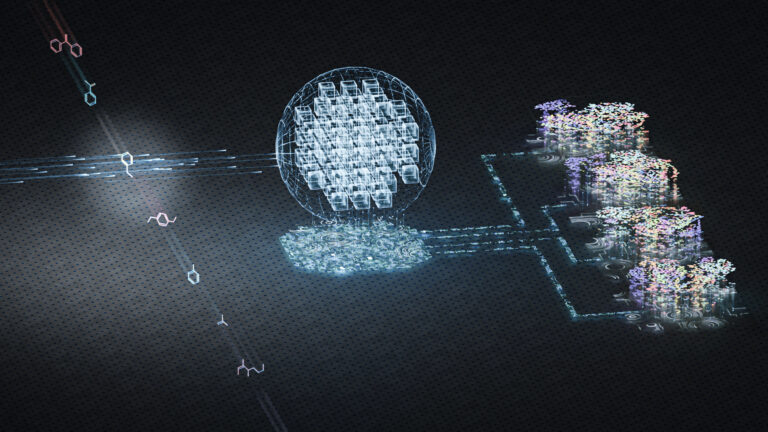
Chemical Engineering
AI model overcomes sparse datasets to accurately predict the properties of experimental sustainable aviation fuels and other high-value target molecules.
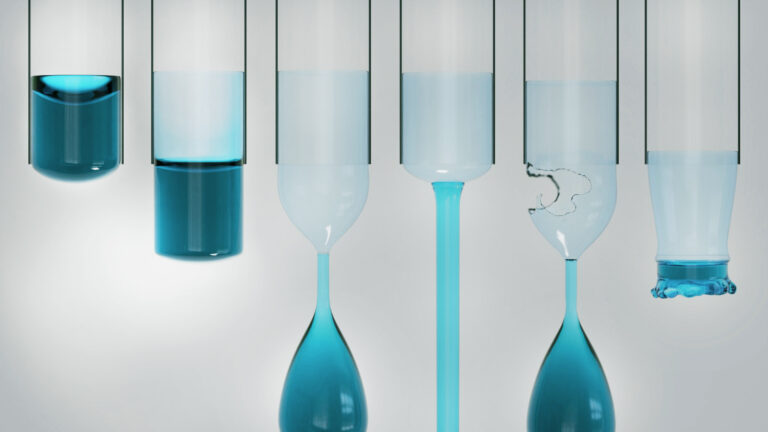
Mechanical Engineering
Studying the physics behind this fleeting fluid phenomenon could improve various industrial processes.
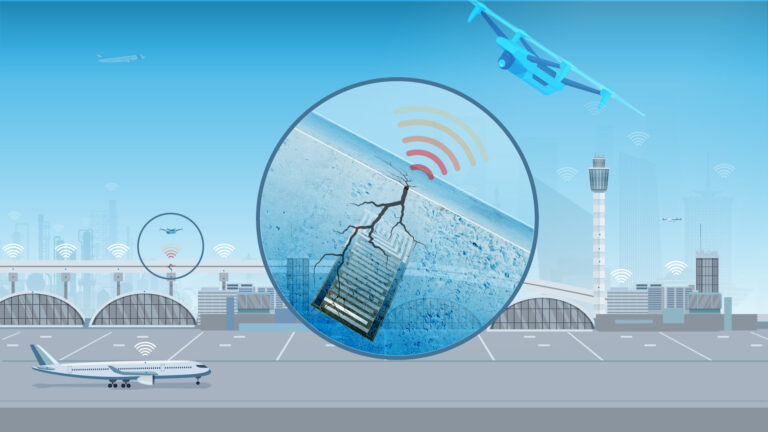
Mechanical Engineering
Efficiently designed architecture makes it possible to manufacture passive strain sensors that are wireless, very sensitive, and extremely thin.
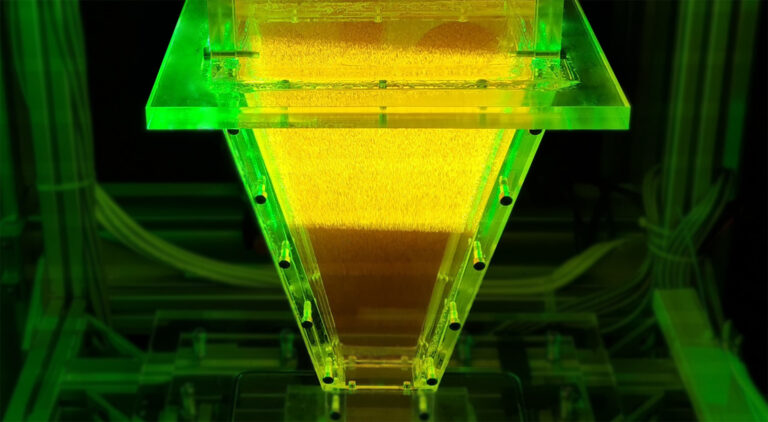
Mechanical Engineering
High-speed cameras show that vortices generated in turbulent fluids are more predictable and less chaotic than expected.

Mechanical Engineering
Automated system could be used to spot toxic emissions, air pollutants or diagnostic biomarkers.

Mechanical Engineering
A better understanding of the dynamics of large water droplets falling into water has potential applications from fuel injection systems to climate models.
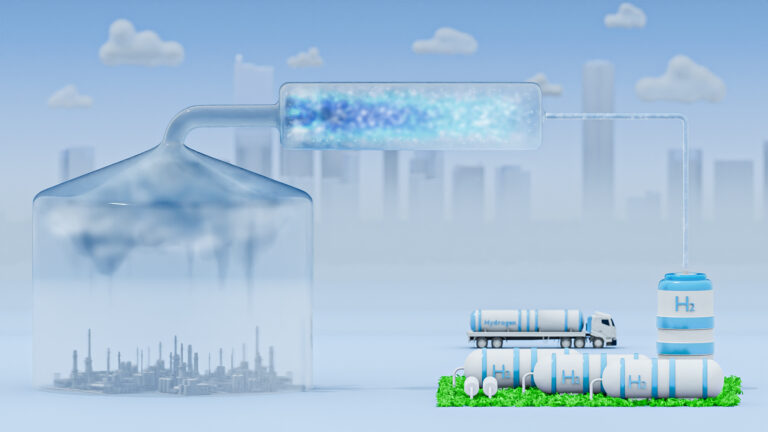
Mechanical Engineering
Chemical model could help to produce clean fuel from natural gas contaminant.
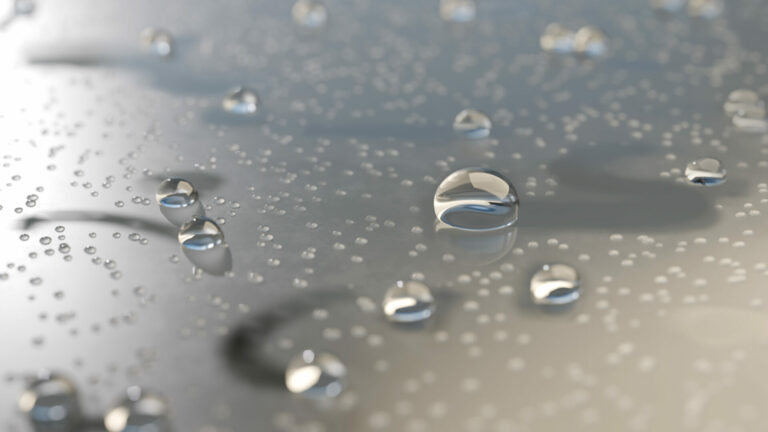
Mechanical Engineering
Complex patterns of motion emerge when water drops condense on an oiled surface.
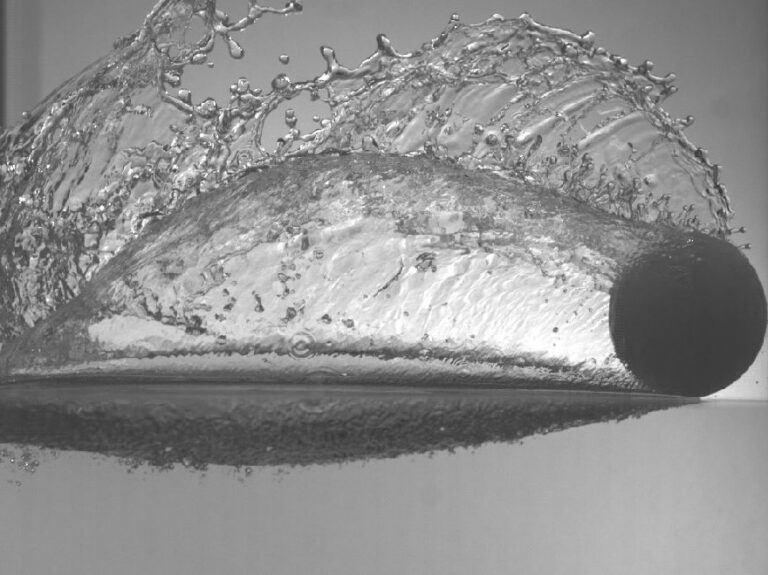
Mechanical Engineering
Air cavities forming around skipping buoyant objects could help reduce drag and enhance underwater maneuverability.

Chemistry
High-pressure experiments show the way to selectively recycle the greenhouse gas into a particular product.
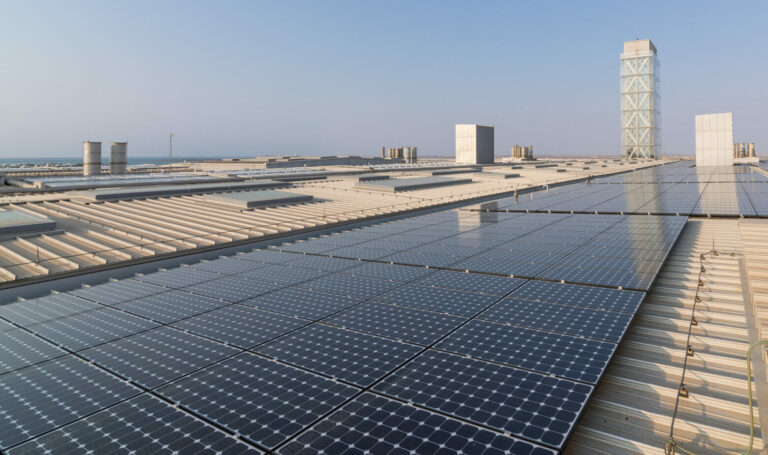
Applied Mathematics and Computational Sciences
Weather variability and extreme events affect the optimal design and operation of renewable energy systems, particularly for striking a trade off between life cycle cost and carbon dioxide emissions.

Mechanical Engineering
A drop of water is completely removed from a surface when a deformable sphere falls on it.

Mechanical Engineering
Using ammonia as a hydrogen-rich energy source requires technology that can spot pollutants in flames.
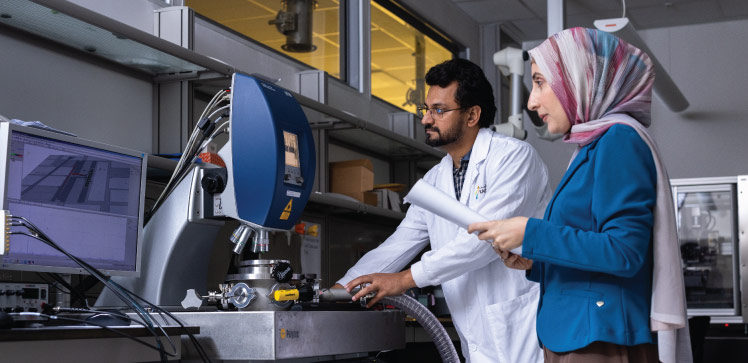
Mechanical Engineering
Resonating silicon microbeams sense temperature shifts induced by airborne molecules.

Mechanical Engineering
A universal mechanism could explain the formation of carbon nanoparticles in interstellar and terrestrial environments.
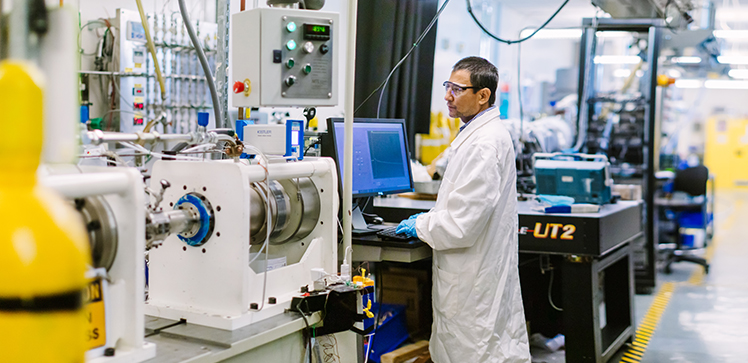
Mechanical Engineering
Clean and sustainable fuels could be derived by combining ammonia with complementary combustion-modifying additives.
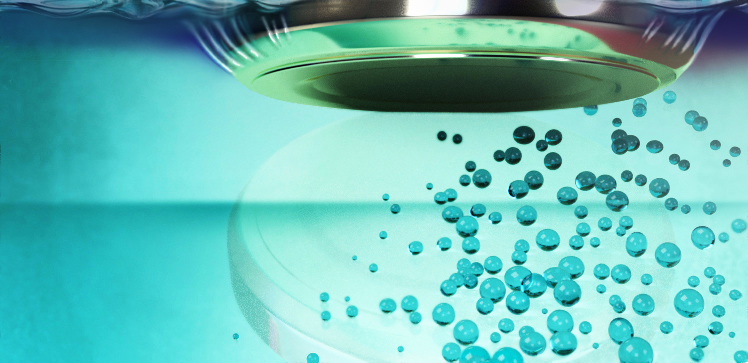
Mechanical Engineering
Damage-causing bubbles might form at much lower impact velocities than expected.
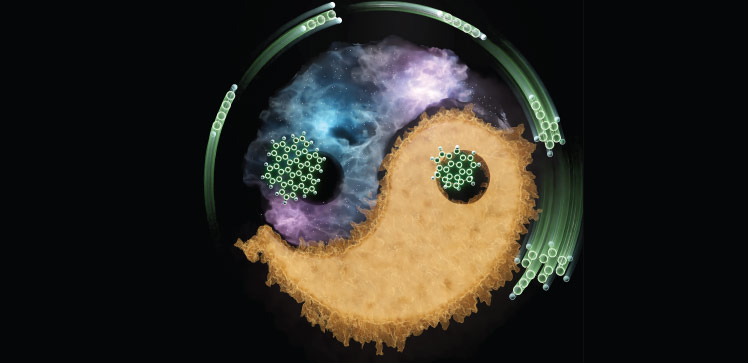
Mechanical Engineering
Unusual reaction pathways to hydrocarbon clusters could bring a paradigm shift to the understanding of soot and interstellar chemistry.

Mechanical Engineering
Incorporating regular cracks in electrodes for wireless strain sensors brings surprisingly better sensitivity.
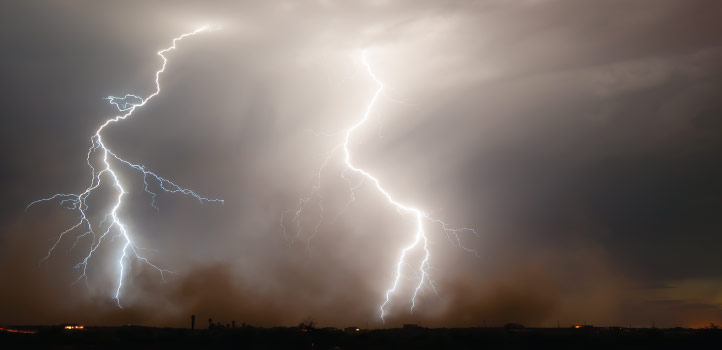
Mechanical Engineering
The intense sparks that occasionally accompany charged sandstorms can arise from turbulent movements of airborne dust.

Mechanical Engineering
Shower spray is like water off a duck’s back to bathroom flies.

Mechanical Engineering
A highly selective and sensitive laser sensor can pick up low-level benzene emissions in ambient air.
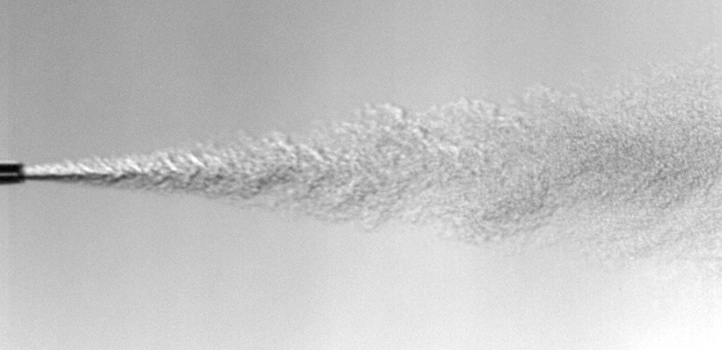
Mechanical Engineering
Improved imaging of liquid jet sprays can impact fields ranging from inkjet printing to oil and gas processing.

Mechanical Engineering
Plasma technology could help the petrochemical industry transition to an electrified, decarbonized future.
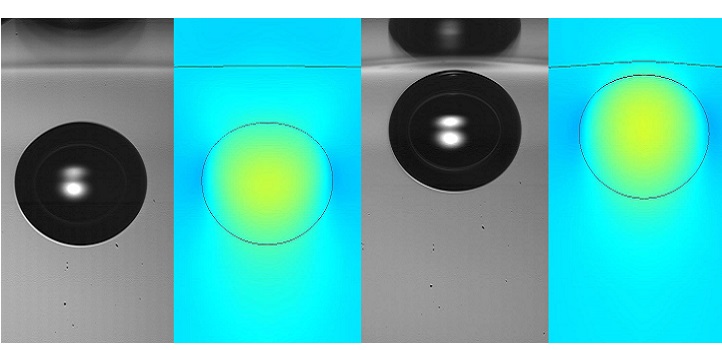
Mechanical Engineering
Collisions of tiny air bubbles with water surfaces can reveal fundamental characteristics of foamy mixtures.

Mechanical Engineering
Predictions reveal how pressure and temperature fluctuations in engine cylinders can suppress damaging fuel combustion events.
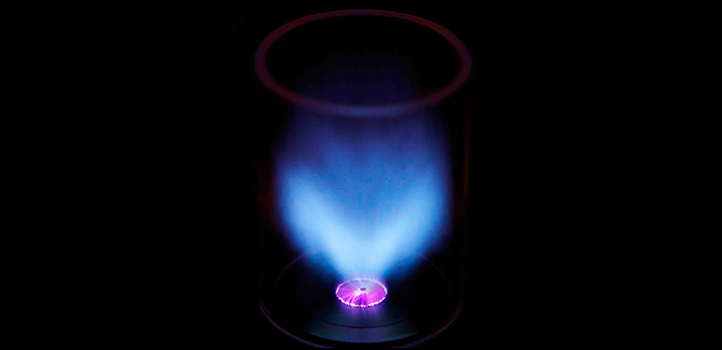
Mechanical Engineering
Advanced modes of combustion that are controlled by plasma discharges could become key components of the circular carbon economy.

Mechanical Engineering
Modeling the combustion properties of gasoline is driving the search for cleaner fuels.
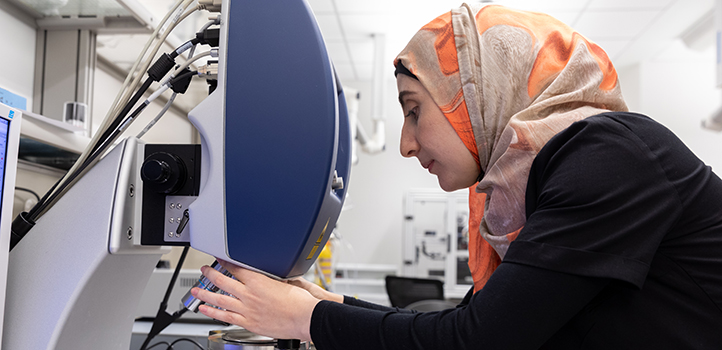
Mechanical Engineering
Variations in the vibrations of beams of silicon create a sensitive way of measuring pressure changes.
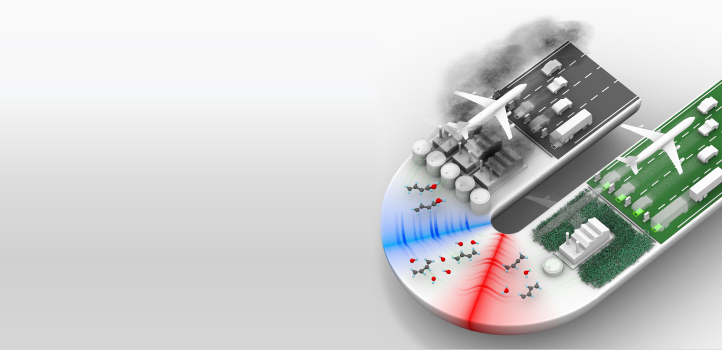
Mechanical Engineering
Studying the wake of reflected shockwaves reveals the cascade of chemical reactions involved in combustion processes.
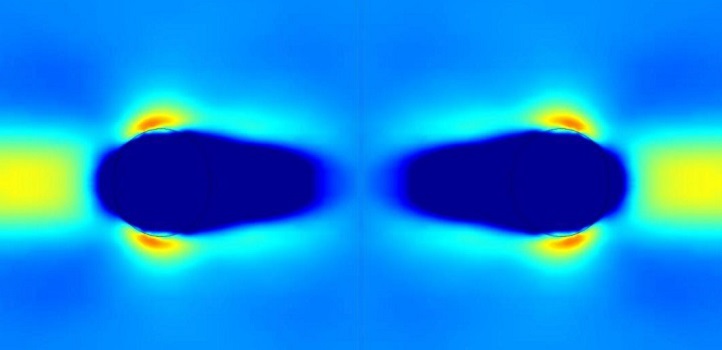
Mechanical Engineering
Ultrapure solvents prove there is more than meets the eye when oil and water mix.
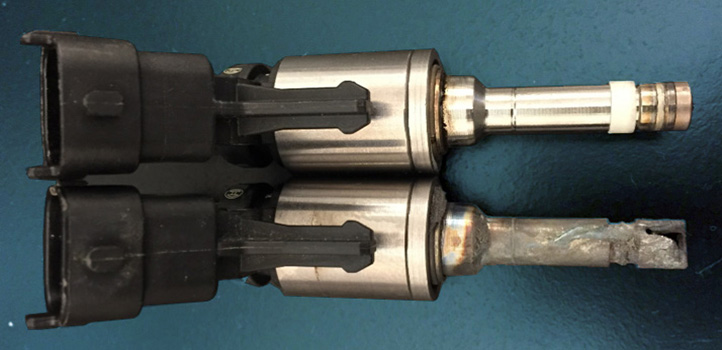
Mechanical Engineering
Predicting capricious pre-ignition combustion events could enable automakers to build powerful yet more efficient engines.

Mechanical Engineering
Rapid-fire photography reveals how even a nanoscale amount of surface roughness can unleash microbubbles that may interfere with coating technology.

Mechanical Engineering
Flexible skin for soft robots, embedded with electrical nanowires, combines conductivity with sensitivity within the same material.

Mechanical Engineering
Ultrafast video capture of droplet cloud formation should help minimize the risk of gas-leak explosions.
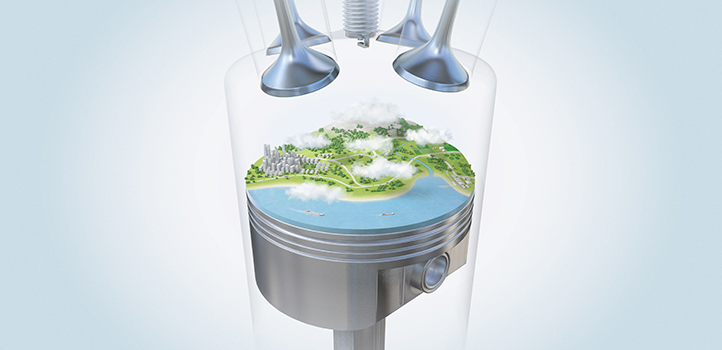
Mechanical Engineering
A compound made from the glycerol by-product of biodiesel production could promote cleaner burning in vehicle engines.

Mechanical Engineering
Understanding the effect pressure has on soot production during fuel combustion could help reduce polluting emissions.
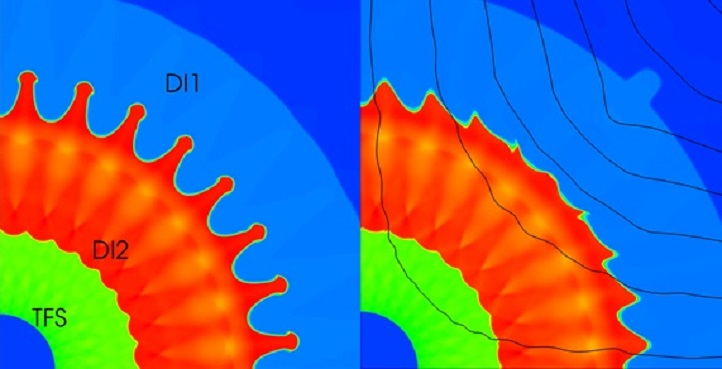
Mechanical Engineering
A numerical study reveals how to reduce instabilities in the complex flow of plasma in converging geometry of particles in fusion reactions.
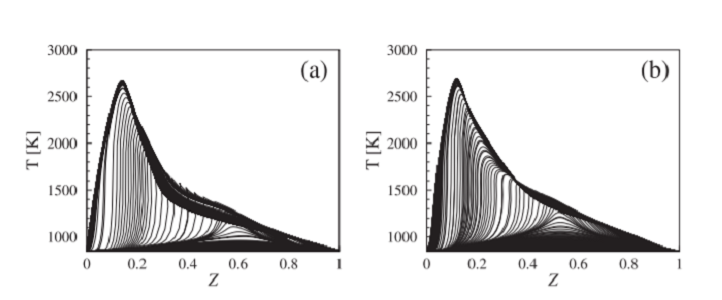
Mechanical Engineering
Computer analysis aids the formulation of methanol-based renewable fuels that can operate under compression ignition conditions.
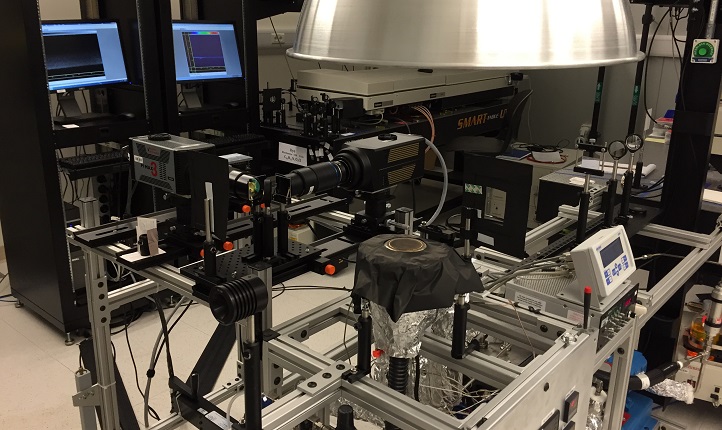
Mechanical Engineering
Ethanol and related gasoline replacement fuels produce fewer smog-causing chemicals.

Mechanical Engineering
Understanding the response of gas flames to acoustic perturbations at high pressure should make next-generation turbines safer and more efficient.
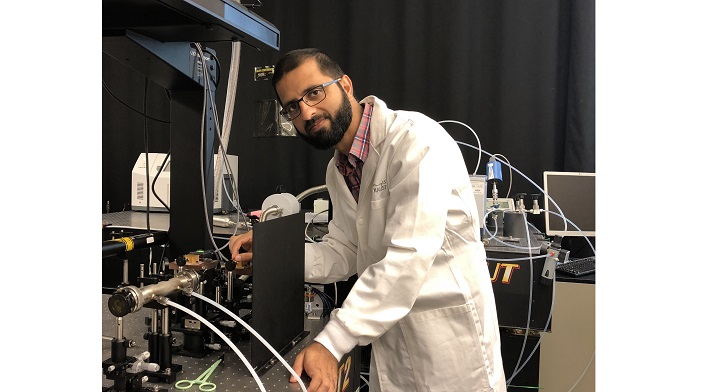
Mechanical Engineering
Spotting signatures of potential pollutants made easier with quantum lasers that emit tunable infrared light.

Mechanical Engineering
A technique modeling the combustion characteristics of gasoline blended with biofuels for cleaner and more efficient fuels.

Mechanical Engineering
Theoretical simulations reveal how subtle changes in friction on an object’s surface can have a large effect on drag.
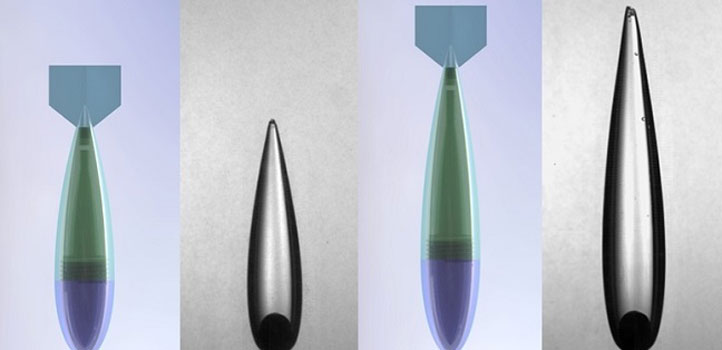
Mechanical Engineering
Creating teardrop-like gas cavities around metal spheres enables practically friction-free travel through liquids.
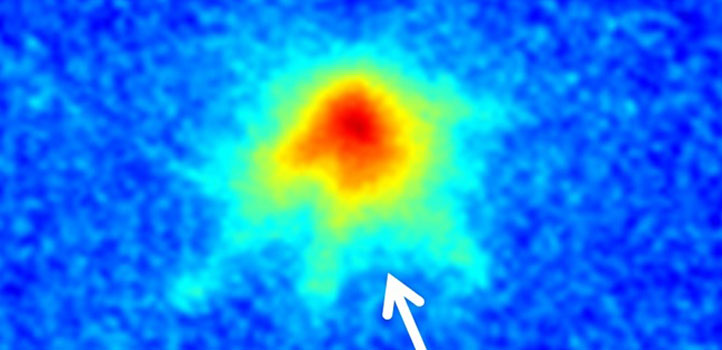
Mechanical Engineering
Silicon microelectronics and biomedical fields could benefit from a safe and cost-effective way to synthesize nanoparticles.
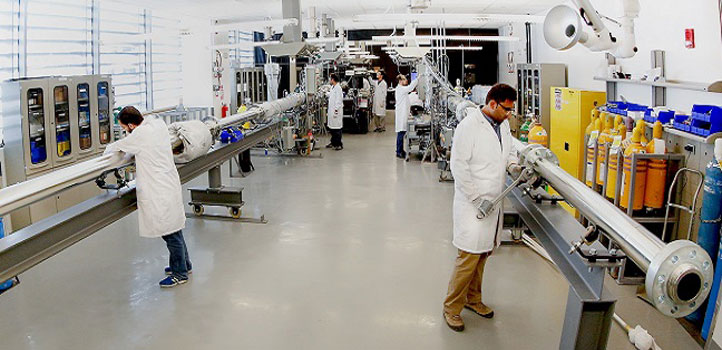
Mechanical Engineering
Simple two-component mixtures are good surrogates for studying the ignition properties of next-generation gasolines.
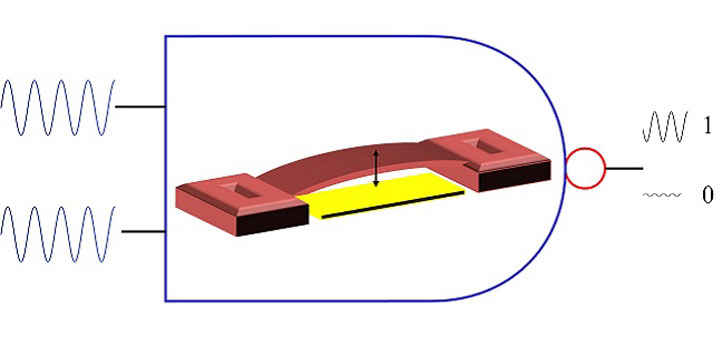
Mechanical Engineering
A vibration-driven logic gate could form the basis for the next generation of efficient, low-power computers.
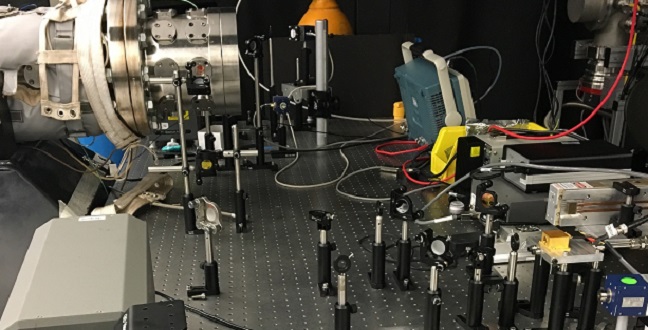
Mechanical Engineering
Insight into the thermal decomposition of a potential fuel additive shows it could promote cleaner and more efficient combustion.
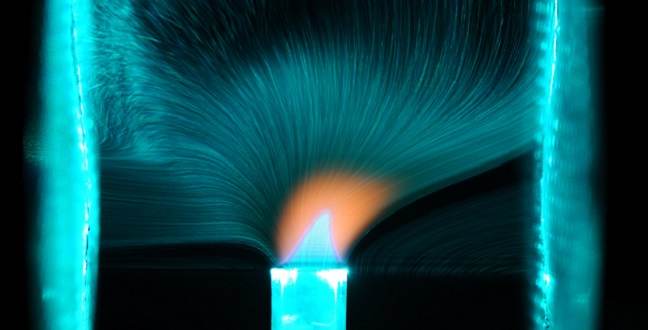
Mechanical Engineering
New 3D visualizations that reveal how flames respond to electric fields could help improve combustion efficiency and reduce pollution.

Mechanical Engineering
Smartphones put state-of-the-art 3D particle tracking in the hands of the masses.
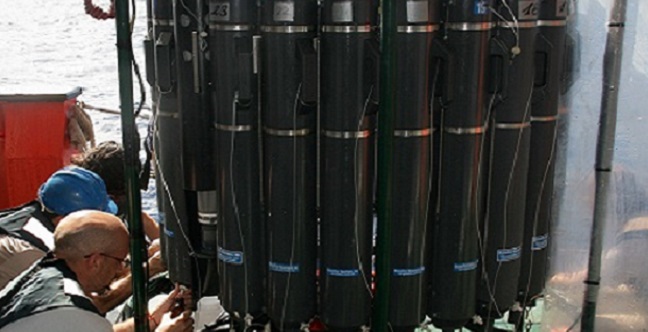
Mechanical Engineering
Data from a global oceanographic expedition predict how rising temperatures influence increase in plankton populations.
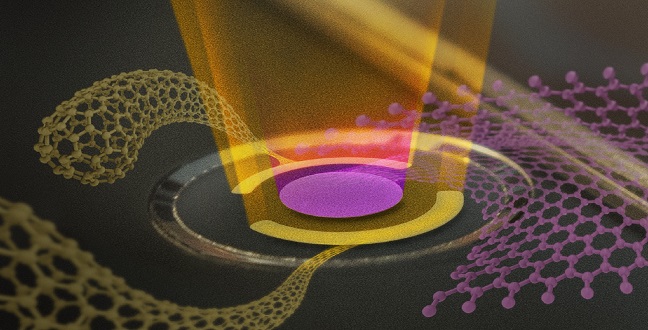
Mechanical Engineering
A flexible, carbon-based device that responds to humidity in two ways can sense 3D objects without touching them.
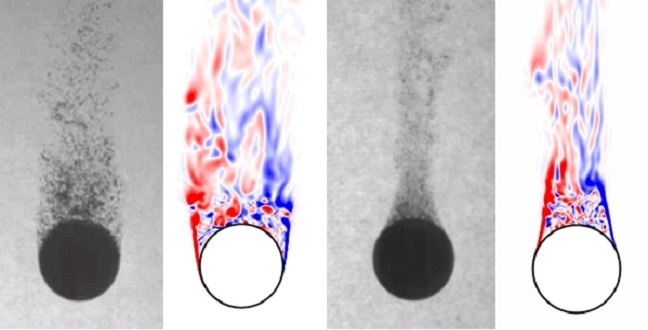
Mechanical Engineering
Plunging hot spheres into viscous liquids reveals a way to reduce fluid resistance without complex engineering procedures.
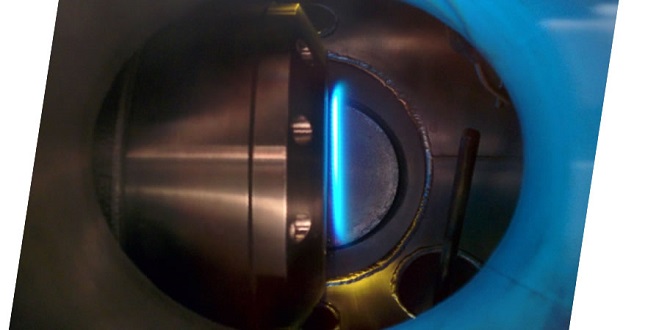
Mechanical Engineering
The characterization of compounds produced in combustion could lead to cleaner, more efficient power stations.
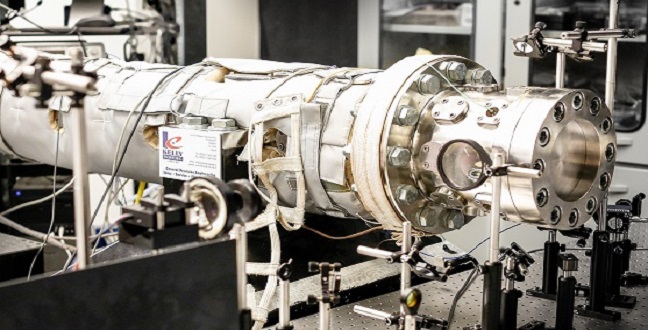
Mechanical Engineering
New technique lays the foundation for greener transport fuels and next-generation engines.

Mechanical Engineering
Images of from a high-speed camera reveal a microbead formation process during the vapor explosion of liquid metal dropping into a pool of water.

Mechanical Engineering
A clearer understanding of how flame is affected by electric fields paves the way for advanced electrically assisted combustion technology.
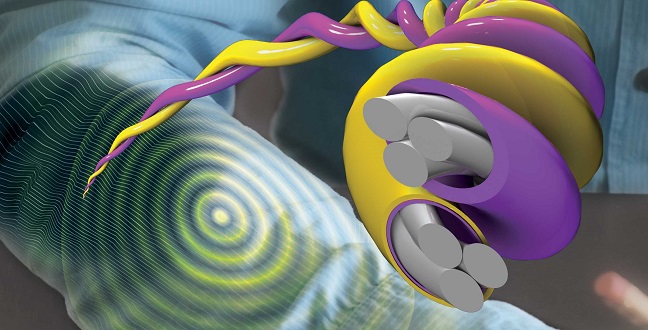
Mechanical Engineering
Smart threads can be woven into pressure-sensitive electronic skin for robots or medical prosthetics.
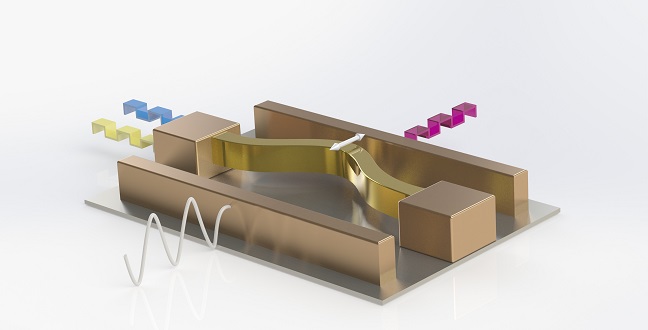
Mechanical Engineering
A novel logic gate allows for added electronic functionality.
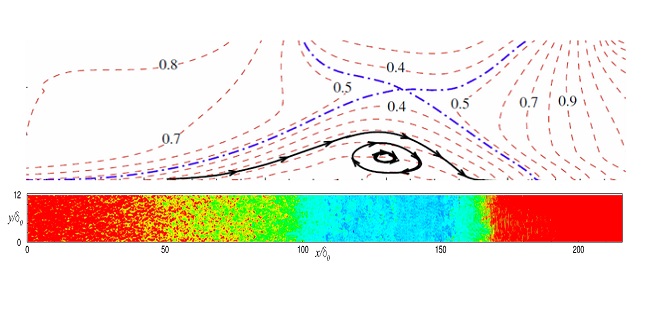
Mechanical Engineering
A simulation scheme for aerodynamic turbulence could replace expensive wind tunnel tests.

Mechanical Engineering
A complex computational model provides a more accurate description of soot formation.
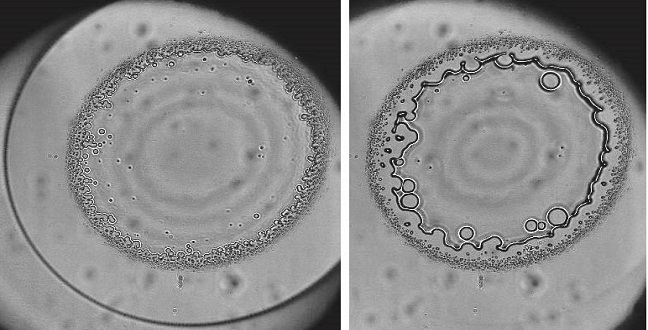
Mechanical Engineering
Ultrafast imaging reveals the influence of even ultrasmall surface roughness on inkjet printing.
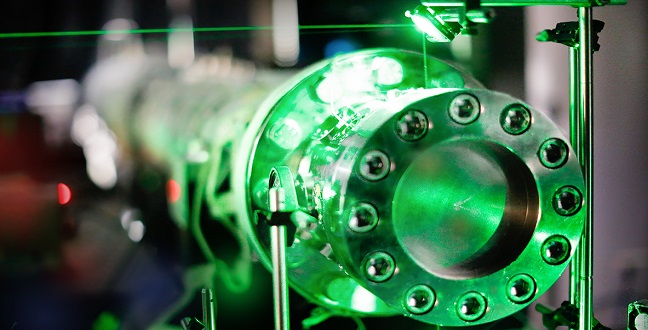
Mechanical Engineering
Precise rate constants could provide high-fidelity combustion models for cleaner and more efficient fuels.
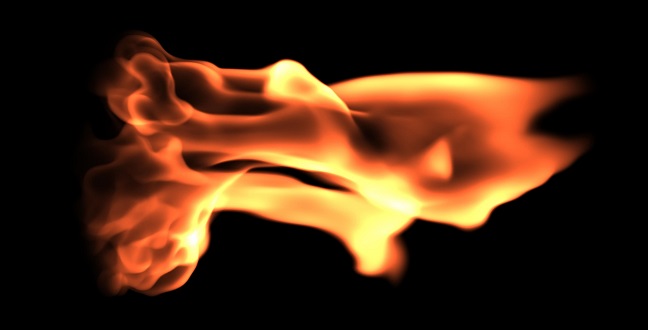
Mechanical Engineering
Experimental and numerical studies reveal the combustion properties of blended fuels at elevated pressures.
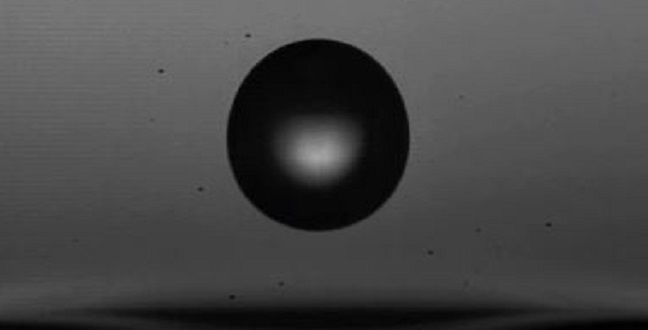
Mechanical Engineering
Capturing the hidden details of coalescence cascades that connect bubbles and droplets may improve oil extraction practices.
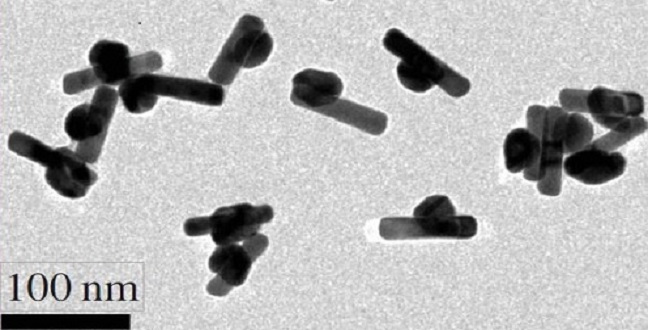
Mechanical Engineering
Metallic nanostructures absorb light better than any other known structures.
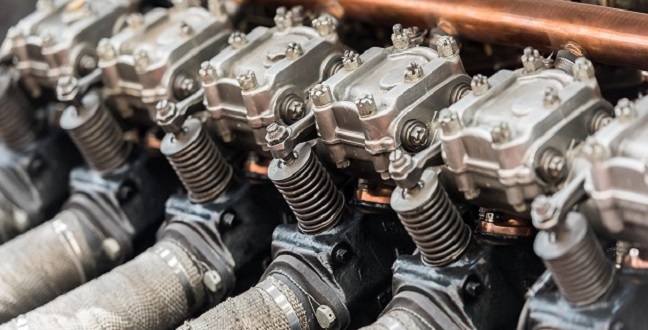
Mechanical Engineering
Environmentally friendly butanol additives improve gasoline performance in spark ignition engines.
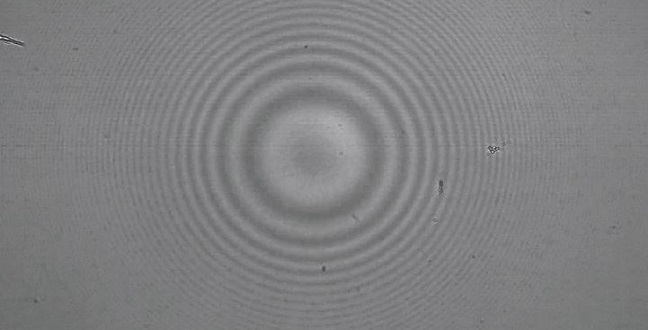
Mechanical Engineering
Ultrafast cameras spy surprising air-trapping effects intrinsic to droplet-based technologies such as inkjet printing.
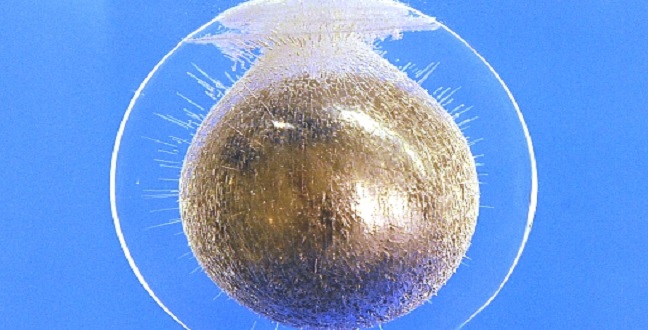
Mechanical Engineering
High-speed imaging of perfect ice spheres free-falling in water reveals surprising insights into drag reduction.
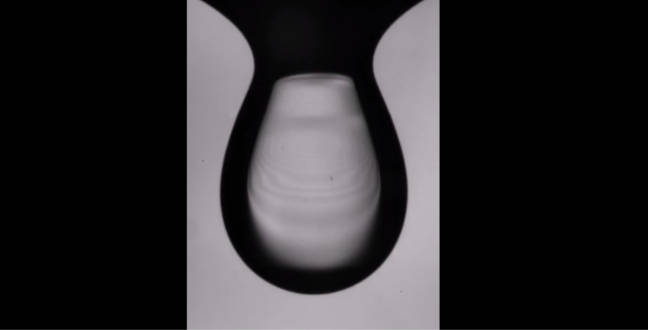
Mechanical Engineering
Stable air layers that wrap around liquid drops can retain their remarkable geometries a thousand times longer than theory predicts.
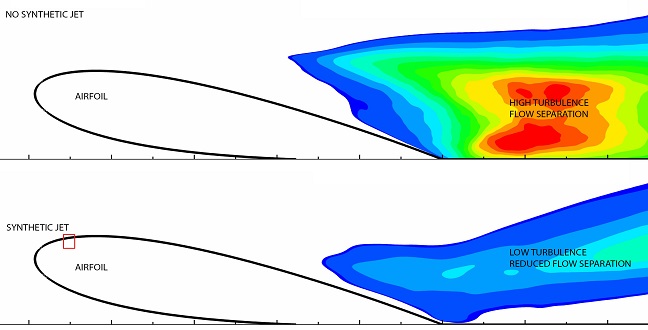
Mechanical Engineering
Simulations show that an actuated jet of air from the wing can dramatically improve the aerodynamic performance of micro-aircraft such as drones.
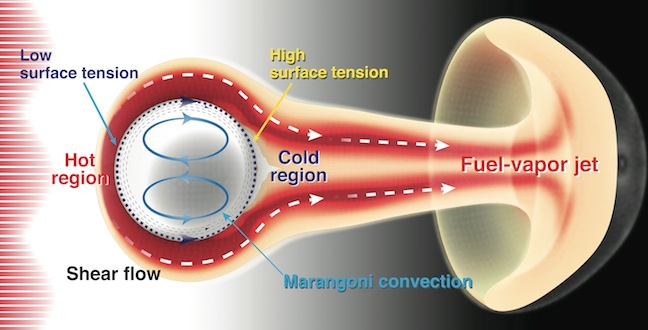
Mechanical Engineering
Simulations reveal the final moments of a fuel droplet as it combusts in a spray injection engine.
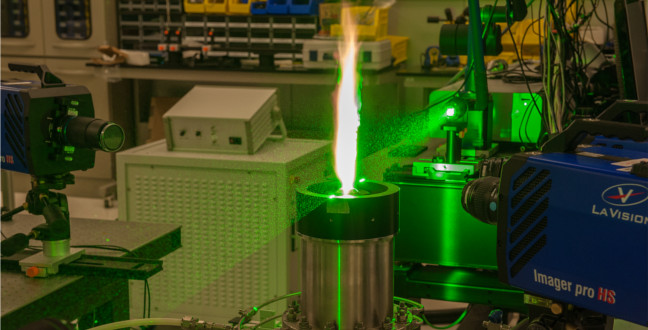
Mechanical Engineering
KAUST’s Clean Combustion Research Center aims to develop technologies for future fuel formulations, more efficient engines, and new methods for power generation.